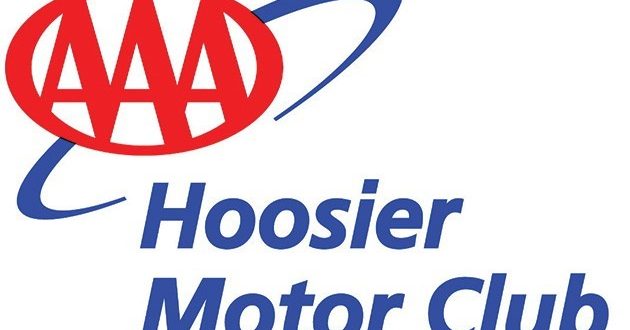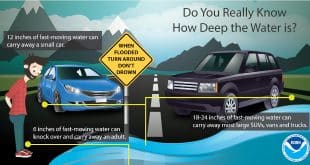- Half (54 percent) of U.S. drivers feel less safe at the prospect of sharing the road with a self-driving vehicle, while one-third (34 percent) feel it wouldn’t make a difference. Only 10 percent say they would feel safer.
- Women (58 percent) are more likely to feel less safe than men (49 percent).
- Baby Boomers (60 percent) are more likely to feel less safe than Generation X (56 percent) or Millennials (41 percent)
- The majority (59 percent) of U.S. drivers want autonomous vehicle technology in their next vehicle, while the remainder do not (25 percent) or are unsure (16 percent).
- Millennials (70 percent) are the most likely to want the technologies, compared to Generation X (54 percent) and Baby Boomers (51 percent).
- Three-quarters (78 percent) of Americans are afraid to ride in a self-driving vehicle.
- Baby Boomers (85 percent) are more likely to be afraid than Millennials (73 percent) and Generation X (75 percent) drivers.
- Women (85 percent) are more likely to be afraid than men (69 percent).
To educate consumers on the effectiveness of emerging vehicle technologies, AAA is committed to the on-going, unbiased testing of automated vehicle technologies. Previous testing of automatic emergency braking, adaptive cruise control, self-parking technology and lane keeping systems has shown both great promise and great variation. This variation may be particularly concerning to consumers, with AAA’s survey revealing that 81 percent of Americans feel that automated vehicle systems should all work similarly and consistently across all vehicle manufacturers. Future AAA testing will look at how well systems work together to achieve higher levels of automation.
“Every year, we lose approximately 35,000 people on America’s roadways, most as a result of human error,” said Jill Ingrassia, AAA’s managing director of Government Relations and Traffic Safety. “Connected and automated vehicle technologies have the potential to dramatically reduce this number, and automakers, government agencies and safety organizations like AAA must continue working together to ensure that these new vehicles are safely tested and deployed.”
For additional information about the survey, including a fact sheet and infographics, visit NewsRoom.AAA.com.






